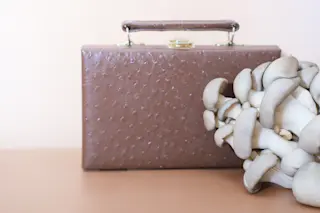Antibiotic resistance is a well-known menace: Witness the dangers of hospital-acquired MRSA infections, or the totally drug-resistant tuberculosis
found in India earlier this year. FDA statistics show that over 80 percent of antibiotics used in the US are given to livestock
, and heavy animal use is thought to be one of the drivers of resistance among human pathogens. So it behooves veterinarians and public health officials alike to stamp out antibiotic resistance in animals. In the hunt for how this resistance develops, though, scientists have been mostly looking at bacteria inside the digestive system. But it turns out they might have, er, the wrong endof things---a new study finds that drugs excreted in pee and feces may be even more worrisome than those circulating in the bloodstream. As the antibiotic ceftiofur
has become more widely used in cows to treat respiratory disease and infections, E. coli and Salmonella in ...












